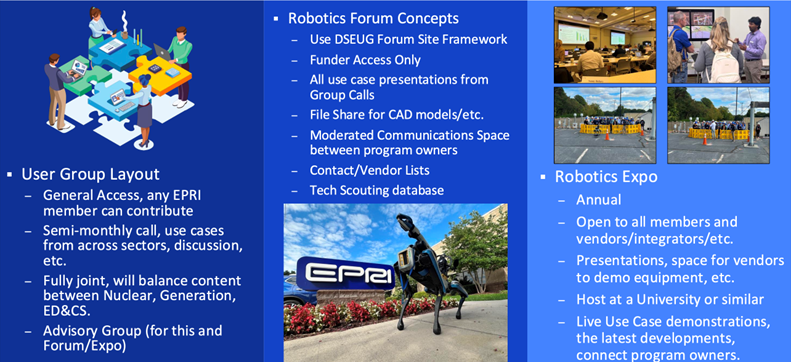Project Overview
Introduction
Unmanned systems refer to systems and devices that operate without direct human intervention, often controlled remotely or autonomously. The unmanned systems covered by this supplemental include:

Unmanned Aerial Vehicles (UAVs) are airborne robotic platforms designed to operate without an onboard human pilot. They can function autonomously using onboard flight control systems and pre-programmed mission parameters or be remotely piloted via ground control stations. UAVs can be equipped with GPS, inertial navigation systems (INS), real-time telemetry, and payloads such as electro-optical/infrared (EO/IR) sensors, synthetic aperture radar (SAR), and communication relays. These systems enable UAVs to perform tasks including aerial surveillance, target acquisition, environmental monitoring, and delivery operations. Their aerodynamic design, endurance capabilities, and modular payload architecture make them essential assets in defense, commercial, and scientific domains.

Unmanned Ground Vehicles (UGVs) are robotic systems designed to operate on land without direct human control. They can be either autonomous, using onboard sensors and algorithms for navigation and decision-making, or remotely operated via wireless communication. UGVs can be equipped with GPS, LiDAR, computer vision systems, and inertial measurement units (IMUs) to support tasks such as terrain mapping, obstacle avoidance, and mission execution. Their applications span defense (e.g., reconnaissance), industrial automation (e.g., logistics, inspection), and research. Modular payloads allow UGVs to be customized for specific operational requirements, making them versatile platforms for complex ground-based missions.

Unmanned Underwater Vehicles (UUVs) are submersible platforms engineered to operate without onboard human intervention, either autonomously or via remote control. Autonomous Underwater Vehicles (AUVs) utilize onboard navigation systems, inertial sensors, and pre-programmed mission parameters to execute tasks independently, while Remotely Operated Vehicles (ROVs) are tethered to surface vessels and controlled in real time. UUVs can be outfitted with high-resolution sonar, environmental sensors, and imaging systems to support operations such as bathymetric mapping, underwater infrastructure inspection, and oceanographic data collection. Their modular architecture allows for mission-specific payload integration, making them critical assets in defense, scientific, and industrial marine applications.
Objective
The goal of this project is to:
- Foster adoption of unmanned technologies in the utility sector across EPRI’s Nuclear, ED&CS, and Generation sectors.
- Showcasing the practical benefits and challenges of unmanned technologies through real-world applications
- Promote the research and development of cutting-edge unmanned mobile technologies.
- Providing a successful collaborative effort could result in improved task effectiveness, safety improvements, and cost reductions.
- Providing resources to help industry professionals integrate unmanned systems into their operations.
- Promote collaboration among EPRI members and stakeholders

Project Approach
This project aims to achieve the project objectives through several deliverables:
- An online forum that can be utilized to share use cases, lessons learned, and discussions related to existing and emerging technologies and research. The forum can also be utilized for file sharing and sharing vendor lists. The forum will be available to all EPRI membership providing a wider audience to have forum discussion and cross-sector input. The forum will be moderated by EPRI staff.
- A website including, but not limited to:
- Forum discussions and insights
- Link to EPRI research related to unmanned systems.
- Quarterly Webcast presentation and webcast recordings
- Supplemental project information
- A quarterly webcast that will provide a spotlight for members unmanned technology use cases and lessons learned, vendor demonstrations and EPRI and university research results.
- An in-person robotics expo that will provide live facilitation of discussion between EPRI members, EPRI researchers, and vendors of unmanned systems. This could include research presentations, live demonstrations, and panel discussions. This may also include hybrid presentations for those that can’t travel.
